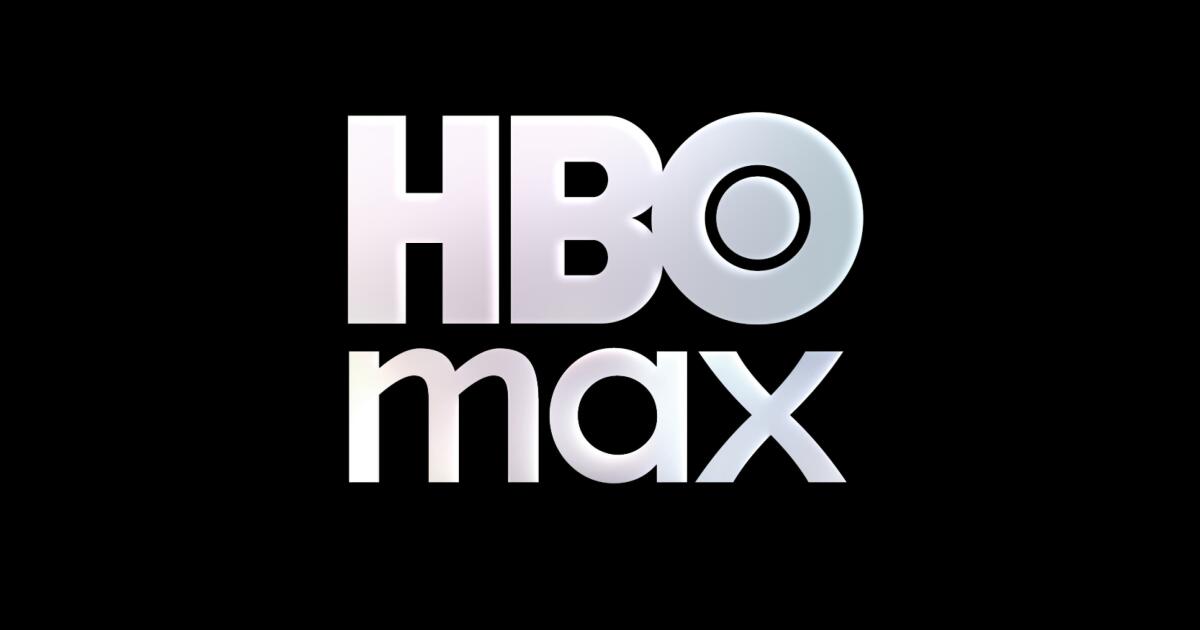Consumers spend $22 more a month for streaming services. Why do prices keep rising?
Six years ago, when San Jose author Katie Keridan joined Disney+, the cost was just $6.99 a month, giving her family access to hundreds of movies like “The Lion King” and thousands of TV episodes, including Star Wars series “The Mandalorian” with no commercials.
But since then, the price of an ad-free streaming plan has ballooned to $18.99 a month. That was the last straw for 42-year-old Keridan, whose husband canceled Disney+ last month.
“It was getting to where every year, it was going up, and in this economy, every dollar matters, and so we really had to sit down and take a hard look at how many streaming services are we paying for,” Keridan said. “What’s the return on enjoyment that we’re getting as a family from the streaming services? And how do we factor that into a budget to make sure that all of our bills are paid at the end of a month?”
It’s a conversation more people who subscribe to streaming services are having amid an uncertain economy.
Once sold at discounted rates, many platforms have raised prices at a clip consumers say frustrates them. The entertainment companies, under pressure from investors to bolster profits, have justified upping the cost of their plans to help pay for the premium content they provide. But some viewers aren’t buying it.
Customers are paying $22 more for subscription video streaming services than they were a year ago, according to consulting firm Deloitte. As of October, U.S. households on average shelled out $70 a month, compared to $48 a year ago, Deloitte said.
About 70% of consumers surveyed last month said they were frustrated the entertainment services that they subscribe to are raising prices and about a third said they have cut back on subscriptions in the last three months due to financial concerns, according to Deloitte.
“There’s a frustration, just in terms of both apathy, but also from a perspective that they just don’t think it’s worth the monthly subscription cost because of just fatigue,” said Rohith Nandagiri, managing director at Deloitte Consulting LLP.
Disney+ has raised prices on its streaming service nearly every year since it launched in 2019 at $6.99 a month. The company bumped prices on ad-free plans by $1 in 2021, followed by $3 increases in 2022 and 2023, a $2 price raise in 2024 and, most recently, a $3 increase this year to $18.99 a month.
Disney isn’t the only streamer to raise prices. Other companies, including Netflix, HBO Max and Apple TV also hiked prices on many of their subscription plans this year.
Some analysts say streamers are charging more because many services are adding live sports, the rights to which can cost millions of dollars. Streaming services for years have also given consumers access to big budget TV shows and original movies, and as production costs rise, they expect viewers to pay more, too.
But some consumers like Keridan have a different perspective. As much as some streaming platforms are adding new content like live sports, they are also choosing not to renew some big budget shows like “Star Wars: The Acolyte.” Keridan, a Marvel and Star Wars fan, said she mainly watched Disney+ for movies such as “Captain America: The Winter Soldier” and shows like “The Mandalorian.” Now she’s going back to watching some programs ad-free on Blu-Ray discs.
While Keridan cut Disney+, her family still subscribes to YouTube Premium and Paramount+. She said she uses YouTube Premium for workout videos instead of paying for a gym membership. Her family enjoys watching Star Trek programs on Paramount+, like the third season of “Star Trek: Strange New Worlds,” Keridan said.
Other consumers are choosing to keep their streaming subscriptions but look for cost savings through cheaper plans with ads, or by bundling services.
“Consumers are more willing today than ever to withstand advertising and for the sake of being able to get content for a lower subscription rate,” said Brent Magid, CEO and president of Minneapolis-based media consulting firm Magid. “We’ve seen that number increase just as people’s budgets have gotten tighter.”
Keridan said she’s already cutting other types of spending in her household in addition to quitting Disney+. The amount of money her family spends on groceries has gone up, and in order to save cash, they’ve cut back on traveling for the year. Typically, Keridan says, they would go on two or three vacations annually, but this year, they will only go to Disneyland in Anaheim.
But even the Happiest Place on Earth hasn’t escaped price hikes.
“Just as the streaming fees have risen, park fees have risen,” Keridan said. “And so it just seems every price of anything is rising these days, and they’re now directly in competition with each other. We can’t keep them all, so we have to make hard cuts.”

